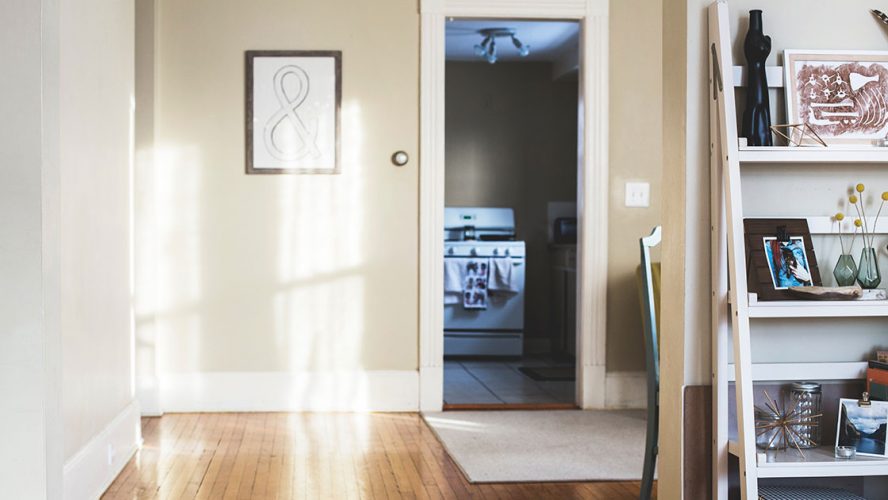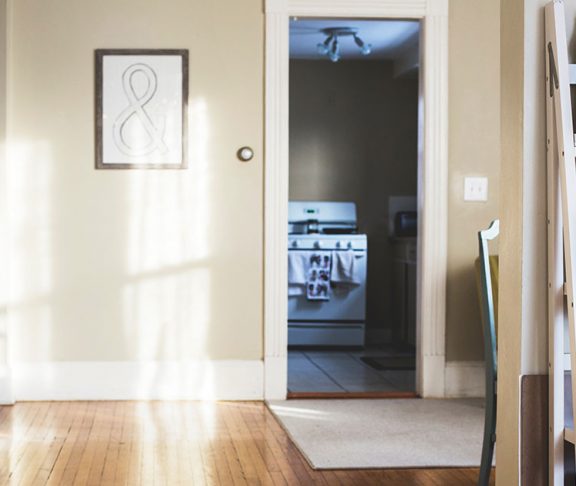Indoor air pollution is an under appreciated threat to our nation’s health. Know your risk, and learn what you can do to keep your home’s air as clean as possible.
When you hear about “air pollution,” you probably think of smog, car exhaust and factory smoke. We usually think of outdoor pollution in crowded cities. But indoor air pollution can be a more serious problem. According to the Environmental Protection Agency, we spend 90 percent of our time indoors, and many air pollutants are actually born and live inside your home.
Indoor air risks
The first step to home air detox is to understand the sources of indoor pollutants. Dander and droppings from pests like mice, cockroaches and spiders will be a concern even if you don’t have pets. Moisture in the home can lead to mold and mildew, which commonly cause allergic reactions, while increasing asthma attacks and irritating the eyes, nose, throat and skin.
The paints and finishes we use for decorating our homes often contain volatile organic compounds that are released into the air. Certain types of plywood, fiberboard, particleboard and fiberglass insulation may also be releasing harmful particles. Household cleaners and air fresheners, though they smell clean, can also be a source of toxic chemicals in your air.
Anything that releases a gas or burns a solid substance can lead to indoor air pollutants, including wood fireplaces, scented candles, kerosene space heaters or even daily activities like cooking. Smoke and other gasses contain some of the smallest particles (2.5 microns or less, or PM2.5), which are difficult to filter and can travel deeply into your ears, nose, throat and lungs, causing serious health concerns.
Effects on your health
Nasal congestion, nosebleeds, sore throats and coughing are chronic conditions associated with indoor air pollution. In addition to increasing asthma attacks, there can be other severe, long-term health consequences such as tachycardia (a rapid heartbeat that can lead to shortness of breath), as well as muscle pain, hearing loss and potential increased risk of cancer.
Children are particularly susceptible to the effects of air pollution, largely because children have a larger surface area inside of their lungs in relation to the overall size of their bodies; they also take in more air for every pound of body mass than adults, meaning exposure to air pollution will have a more significant impact on their breathing and overall health. Exposure to air pollution, especially PM2.5 particles (like those in cigarette smoke), is well-documented as affecting both the structure of the lungs and general functioning in children.
What you can do
You’ve likely heard of home air purifiers, and the good news is that they’re better than ever before — but you need to know what to look for. First, make sure you find a unit that fits your space effectively for the highest efficiency.
“For room air cleaners, we’ve developed a system called the Clean Air Delivery Rate (CADR),” says Jill Notini, VP of communications and marketing for the Association of Home Appliance Manufacturers. “Know your room size and look for units that fit that first. Then find the right size unit that has the highest CADR numbers available to you.”
But while many home filters are effective at removing larger particles, even the most efficient filter won’t catch PM2.5 particles.
Industry leader Oransi is changing the paradigm of home air cleaners with super-precise filters that can catch PM2.5 pollutants, as well as other airborne particles and odors. Every Oransi filter is rated with a Minimum Efficiency Reporting Value of 16-18, comparable to hospital-grade air filtration. Thanks to commitment of the best minds in the industry, it’s never been easier to keep your home air clean and healthy.
Dash Lunde, [email protected]


